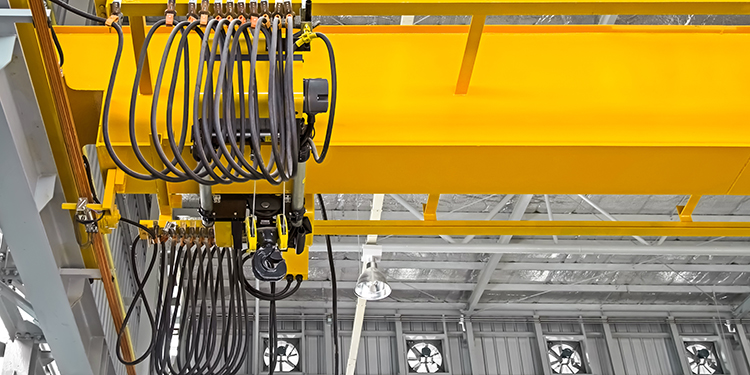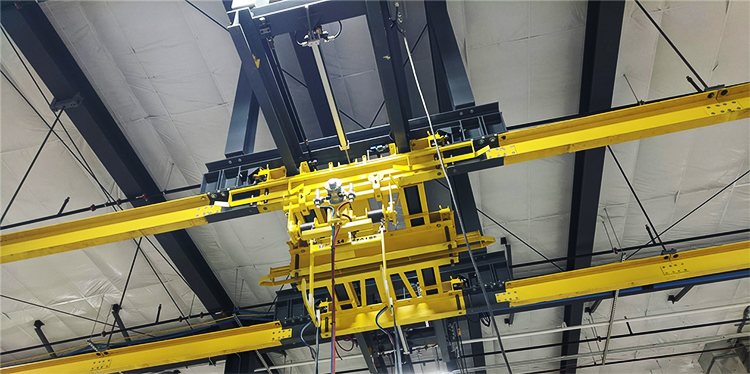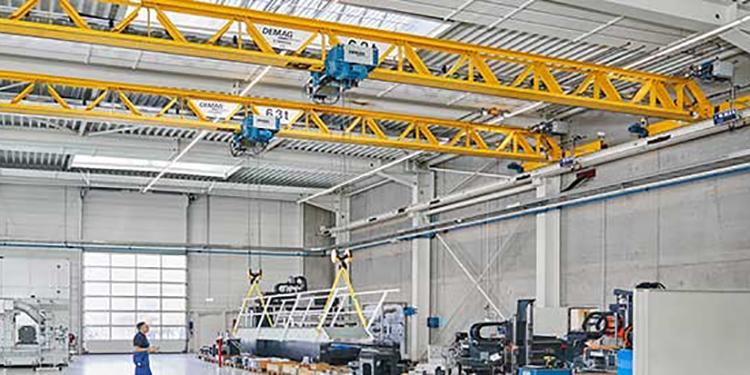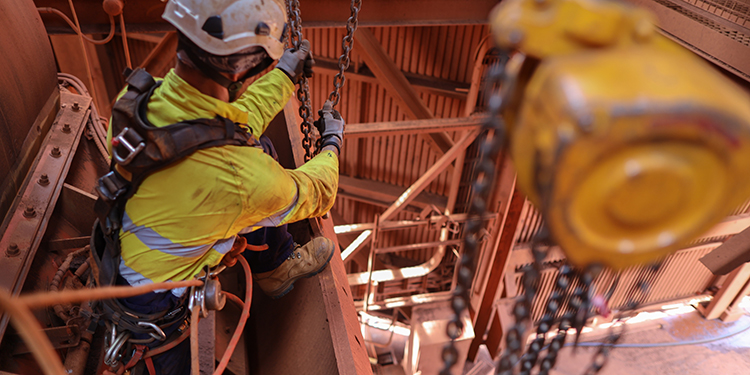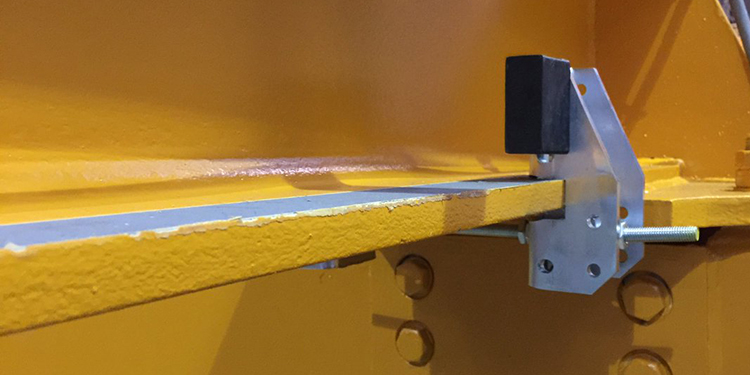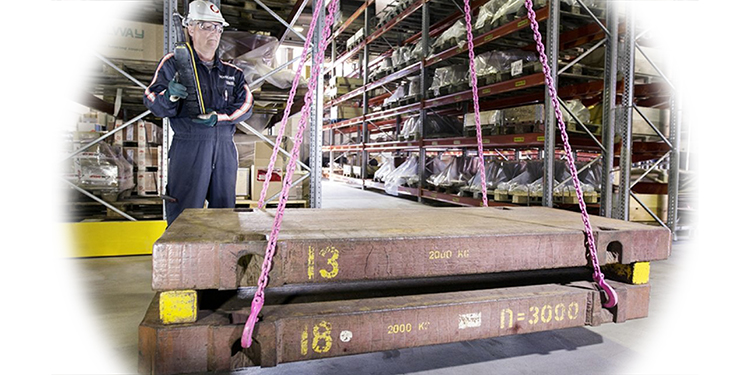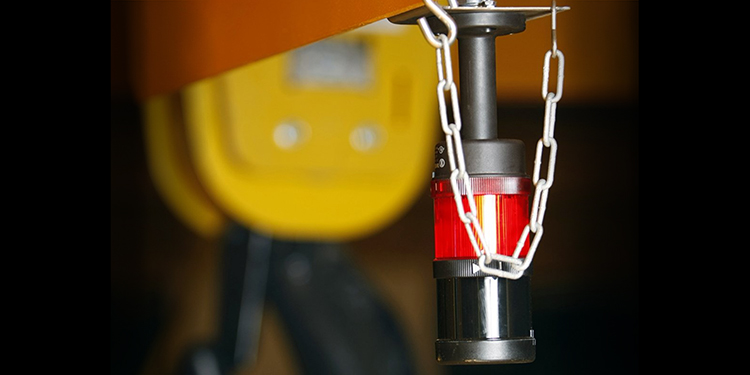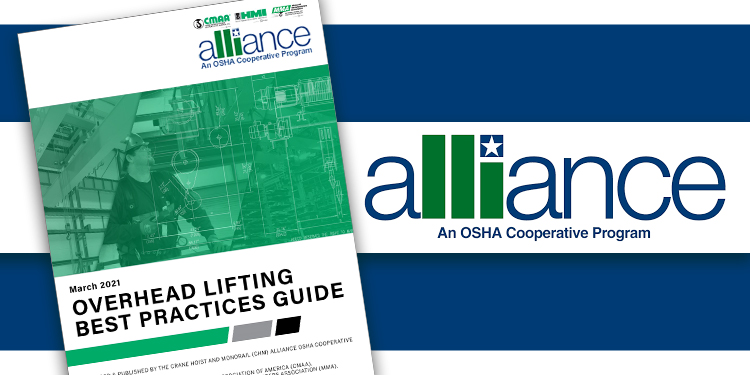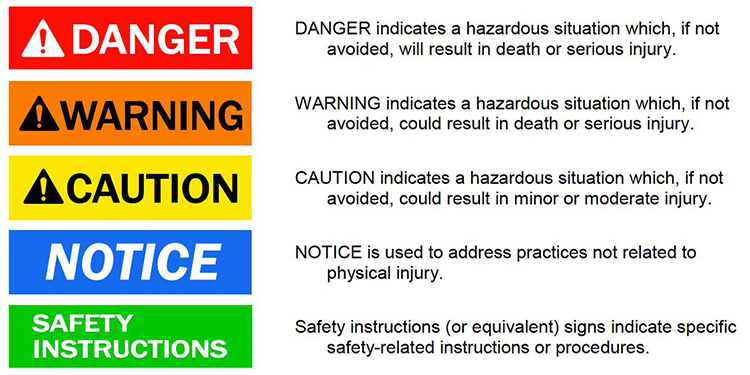Why A Hoisted Load Should Always Be Freely Suspended, Never ...
One of the key safety best practices in using a hoist is to only lift a freely suspended load. According to the American Society of Mechanical Engineers’ ASME B30.16 Overhead Hoists (Underhung) standard, freely suspended means that the load is ...
How Pre-Shift Hoist Inspections Keep An Overhead Lifting Operation Safe
Before using a wire rope, chain, or lever hoist for the first time during a shift or day, it’s important that the operator perform a pre-shift hoist inspection. These inspections, recommended by the Hoist Manufacturers Institute (HMI), ensure the safety ...
Follow These Hoist Safety Guidelines To Protect Your Operation
Manual, air, and electric hoists enhance an operation’s ergonomics by enabling a single operator to lift and lower freely suspended, bulky loads for positioning, transport, and placement. In addition to eliminating the strain of repetitively lifting heavy objects manually, hoists ...
Don’t Ignore These Overhead Crane Safety Basics
Overhead crane equipment lifts, lowers, and transports large, heavy, and bulky loads overhead through a facility. As they transfer their payloads horizontally, they cranes also boost handling throughput and optimize facility space. Operations adding an overhead crane — or those ...
Protect Workers Servicing Overhead Cranes From Falls
Inspecting and servicing overhead industrial cranes requires personnel to work at heights, increasing their risk of injury or death should they fall. Likewise, any tool they may accidentally drop becomes a potential hazard to employees working on the ground beneath ...
End Stops: Best Practices For Specifying And Using In Overhead ...
End stops mark the end of a rail in an overhead crane or monorail system. Located at the termination point of the running surface for bridge and trolley travel, these fixed devices provide a physical barrier that fully engages the ...
Understand The Basics Of Load Test Requirements
A load test is performed to verify that a specific crane or hoist will safely perform all of its functions while supporting a test load whose weight is at least equal to the equipment’s rated capacity. Because load tests confirm ...
Alert Personnel To Overhead Crane Operation With Audible And Visual ...
Warning devices, including both audible alarms that emit an unusual sound and visual alarms that illuminate or flash repeating patterns of light, should be used on both indoor and outdoor overhead cranes whose lifting, lowering, and movement functions are powered. ...
New Overhead Lifting Best Practices Guide To Be Released
Between them, the members of MHI’s Overhead Alliance — which includes the Crane Manufacturers Association of America (CMAA), the Hoist Manufacturers Institute (HMI), and the Monorail Manufacturers Association (MMA) — have answered thousands of questions and published approximately 100 documents ...
Understanding Safety Signs And Overhead Lifting Equipment Hazards
As heavy industrial equipment designed and engineered to lift, transport, and maneuver large, dense loads throughout a facility, overhead handling systems — including cranes, hoists, and monorails — can pose safety hazards to operators and other personnel if they are ...



